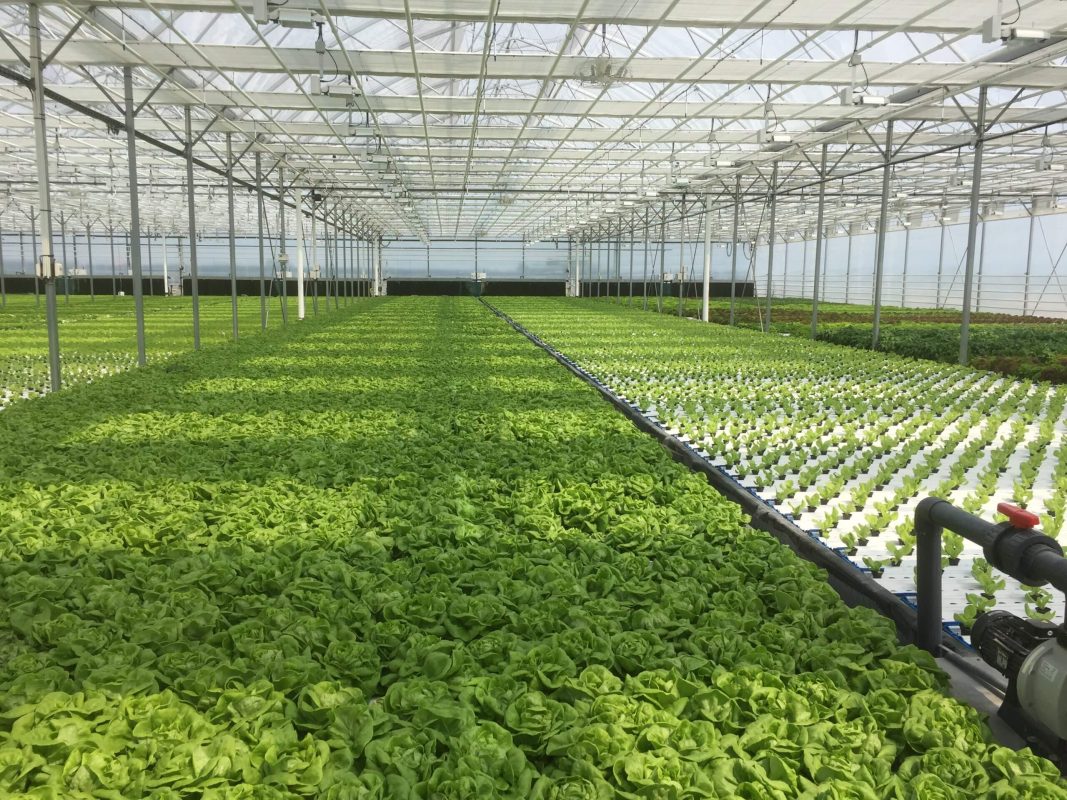YETRAC
Deep Water Culture (DWC): Revolutionizing Plant Growth
Deep Water Culture (DWC): Revolutionizing Plant Growth
Unlocking the Potential of Deep Water Culture
Deep Water Culture (DWC), also referred to as Deep Flow Technique (DFT), Floating Raft Technology (FRT), or simply, raceway, is a cutting-edge hydroponic method that is redefining the way we cultivate plants. This article delves deep into the world of DWC, exploring its principles, techniques, and its versatility in fostering robust plant growth. Whether you’re a novice or a seasoned gardener, understanding the ins and outs of DWC is your key to unlocking its full potential.
The DWC Method Unveiled
At its core, DWC involves suspending plant roots in a nutrient-rich, oxygenated water solution. In this innovative approach, plants float on Styrofoam boards in a shallow rectangular tank, creating a virtually frictionless conveyor belt of floating rafts. DWC is celebrated for its efficiency in cultivating short-term, non-fruiting crops such as leafy greens and herbs. The abundant water volume helps maintain stability in temperature, pH levels, electrical conductivity (EC), and nutrient solution composition, reducing the risk of fluctuations.
From Hobbyist to Commercial Growers: Embracing DWC
DWC isn’t limited to commercial applications. Hobbyist growers have embraced it by using net pots filled with hydroponic mediums like Hydroton or Rockwool to support plant bases. As plants grow, their roots stretch into the oxygenated water below. Under ideal conditions, the entire container can be filled with a loosely packed root mass. However, maintaining the right pH and EC levels in the nutrient solution is crucial, as deviations can hinder nutrient uptake. The ideal pH for hydroponic crops typically falls between 5.5–6.0, with EC levels varying based on the specific crop being grown.
Optimizing Growth Conditions
For successful DWC cultivation, meticulous attention to specific growth parameters is essential. Since the roots are directly exposed to the nutrient solution, water quality becomes a top priority. Plants require oxygen for root respiration and nutrient absorption. This oxygenation is typically achieved using air stones, which release bubbles into the solution, enhancing diffusion. Smaller bubbles offer more efficient oxygenation. Liquid oxygen (LOx) is another method, suitable for commercial operations, with the capacity to reach post-saturation levels. Water temperature also plays a critical role in oxygen retention. Chilled water in the range of 18–24 °C helps maintain proper dissolved oxygen levels, inhibits pathogens, and promotes higher yields.
Recirculating Deep Water Culture (RDWC): Enhancing Efficiency
Traditional DWC setups involving individual buckets require separate monitoring of pH and conductivity factor (CF). This has led to the development of Recirculating Deep Water Culture (RDWC) systems, where bins are interconnected through a PVC pipe, and a pump circulates water through the system. RDWC has streamlined disease management, although it requires careful monitoring to prevent pathogen transfer.
Commercial DWC Systems: The Business of Growing
Commercial DWC systems, often in the form of FRT systems, have found their place in greenhouses. These systems are primarily designed to cultivate leafy greens, herbs, and even hemp. The choice of growing medium and system design depends on the crop type, with seeds germinated in soilless media cells and then transplanted onto floating rafts. These rafts are cleaned, sanitized, and dried after each harvest, often with the aid of automated systems.
The Promise of Deep Water Culture
Deep Water Culture is not about growing better produce than field crops; it’s about providing a controlled environment that optimizes yields. With proper management, plants in DWC systems can thrive. Furthermore, DWC offers the advantage of re-spacing plants during their growth period, optimizing canopy cover and light use.
Challenges and Considerations: The Path to Success
While DWC has numerous advantages, it’s not without its challenges. Managing nutrient solutions, preventing diseases, and ensuring proper oxygenation and lighting can be demanding tasks. This article provides insights into common issues and how to overcome them, ensuring a fruitful journey in the world of Deep Water Culture.
The Future of Agriculture: DWC Leading the Way
As the global population continues to grow, innovative solutions like DWC are instrumental in securing our food supply. Explore how this method is shaping the future of agriculture, reducing food miles, and ensuring consistent crop production in an ever-changing world.
Unlocking the potential of Deep Water Culture is not only a way to boost crop yields but also to revolutionize the way we approach plant cultivation. Whether you’re a backyard enthusiast or aspire to be a commercial grower, understanding the principles, benefits, and challenges of DWC is your first step toward achieving success below the surface. Dive into the world of Deep Water Culture and watch your plants thrive as never before.

